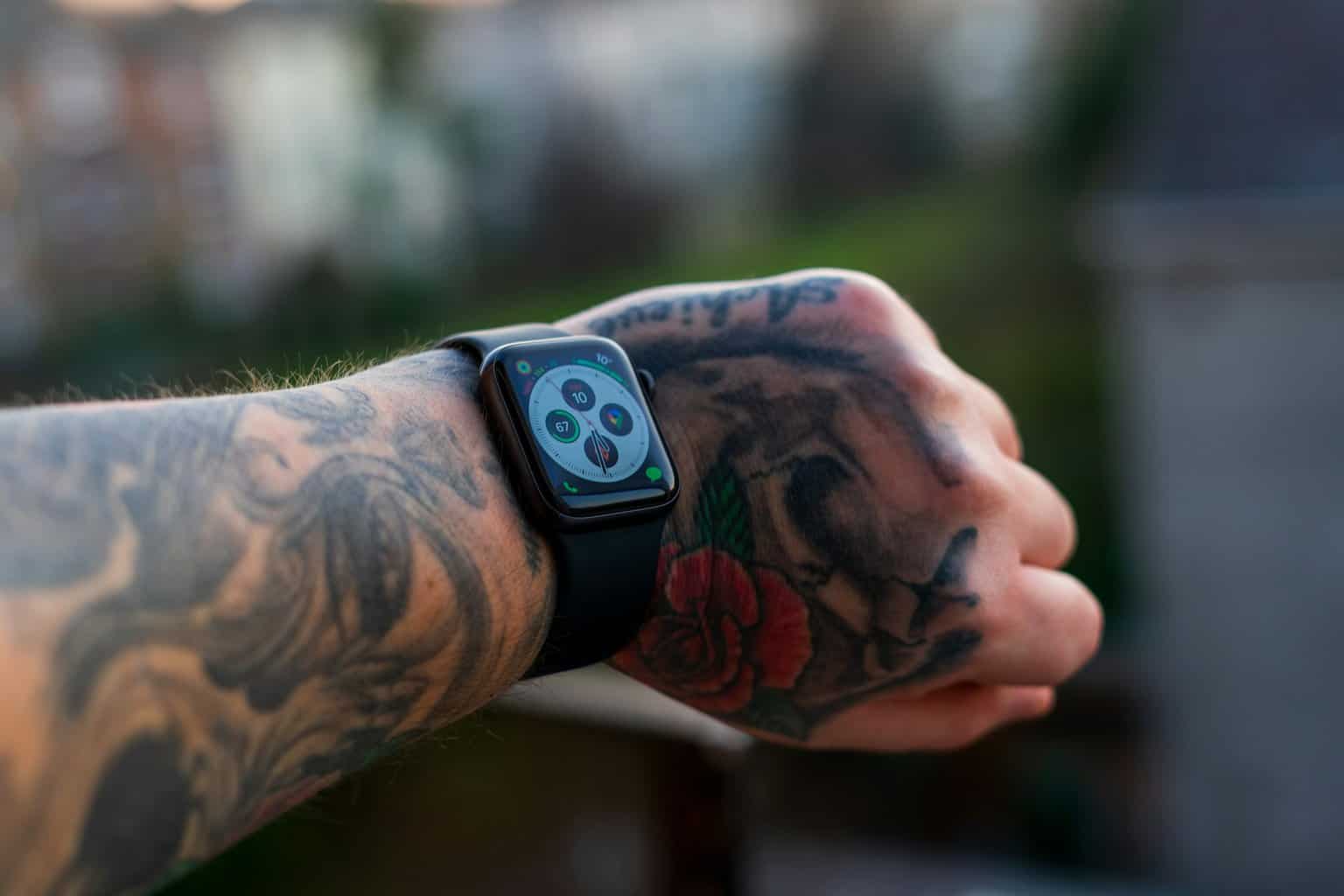
30 Jan The Ultimate Guide to Tattoo Removal Technologies
Tattoos have been a form of self-expression and art for centuries, but as life changes, so can our preferences. For some, a tattoo that once held great significance may no longer fit with their current lifestyle or aesthetic. Fortunately, advancements in tattoo removal technologies offer various options for those looking to erase or modify their ink. This ultimate guide will explore the different tattoo removal technologies, their effectiveness, and considerations you should keep in mind when choosing a method, especially if you’re considering Toronto, ON tattoo removal services.
Table of Contents
Understanding Tattoo Ink and Skin
Before diving into the removal methods, it’s essential to understand how tattoos interact with the skin. Tattoo ink is deposited into the dermis, the second layer of skin. This placement ensures the tattoo’s longevity, as the dermis is relatively stable compared to the epidermis, which constantly sheds and renews.
Tattoo ink particles are designed to be permanent, so the immune system doesn’t remove them easily. This permanence is precisely why removing tattoos is challenging and requires specialized techniques to break down the ink into smaller particles that can be naturally eliminated by the body.
Laser Tattoo Removal
How It Works
Laser tattoo removal is the most popular and widely used method. It employs high-intensity laser beams to penetrate the skin and break down the tattoo ink particles. The body’s immune system gradually clears away these smaller particles.
Types of Lasers
1. Q-switched Lasers: These lasers emit short, rapid pulses that target the ink without damaging the surrounding skin. Different types of Q-switched lasers are used for various ink colors—Nd:YAG lasers for black and dark inks, and ruby or alexandrite lasers for greens and blues.
2. PicoSure Lasers: A newer technology that uses picosecond pulses (one trillionth of a second) to shatter the ink particles. PicoSure is effective for a broader range of colors and typically requires fewer sessions than Q-switched lasers.
Considerations
Laser tattoo removal can be uncomfortable, often described as similar to the sensation of a rubber band snapping against the skin. Multiple sessions are usually required, spaced several weeks apart, to allow the skin to heal and the immune system to process the ink particles.
Surgical Excision
How It Works
Surgical excision involves cutting out the tattooed skin and stitching the remaining skin back together. This method is typically used for smaller tattoos.
Considerations
Excision provides immediate results but can leave a scar, which may be more noticeable than the original tattoo. It’s crucial to consult with a skilled surgeon to minimize scarring and ensure desirable outcomes.
Dermabrasion
How It Works
Dermabrasion removes the upper skin layers using a rotating abrasive device. This method physically scrapes away the tattooed skin.
Considerations
Dermabrasion can be painful and usually requires a significant recovery period. It may not completely remove the tattoo and can result in skin texture changes or scarring.
Chemical Peels and Salabrasion
How It Works
Chemical peels use acidic solutions to remove the upper layers of skin, while salabrasion involves rubbing salt into the skin to achieve a similar effect.
Considerations
These methods are less common and can be less effective than laser treatments. They may also carry a higher risk of infection, scarring, and changes in skin pigmentation.
Tattoo Removal Creams
How It Works
Tattoo removal creams claim to fade tattoos by applying chemical agents over time. These creams are non-invasive and often marketed as a pain-free alternative.
Considerations
There is limited evidence supporting the effectiveness of tattoo removal creams. They may help lighten tattoos slightly but are unlikely to remove them entirely. Additionally, some creams can cause skin irritation or allergic reactions.
Choosing the Right Method
Selecting the appropriate tattoo removal method depends on various factors, including the tattoo’s size, location, colors, and your skin type. Here are some guidelines to aid in your decision:
1. Consult a Professional: A consultation with a dermatologist or a licensed tattoo removal specialist can provide insights into the best approach for your specific tattoo and skin type.
2. Consider the Tattoo’s Characteristics: Multicolored tattoos may require different laser types, while older tattoos might fade more quickly than newer ones.
3. Evaluate Your Pain Tolerance and Recovery Time: Methods like laser removal offer gradual healing, whereas surgery provides immediate results but with potential scarring.
4. Budget and Time Commitment: Consider the cost and the number of sessions required for each method. Laser treatments, while effective, can be expensive and time-consuming.
Tattoo Removal in Toronto, ON
If you’re located in Toronto, ON, tattoo removal options abound. The city is home to numerous clinics and specialists offering state-of-the-art laser technologies. When selecting a facility, ensure they have experienced professionals who can provide a personalized removal plan based on your needs. Reading reviews, checking credentials, and asking for before-and-after photos can help you make an informed choice.
Conclusion
Tattoo removal technologies have come a long way, offering multiple pathways to achieve a clean slate. Whether you opt for laser treatments, surgical options, or alternative methods, understanding the process and setting realistic expectations are crucial. By carefully considering your options and consulting with professionals, you can find the best solution to meet your tattoo removal goals.





No Comments